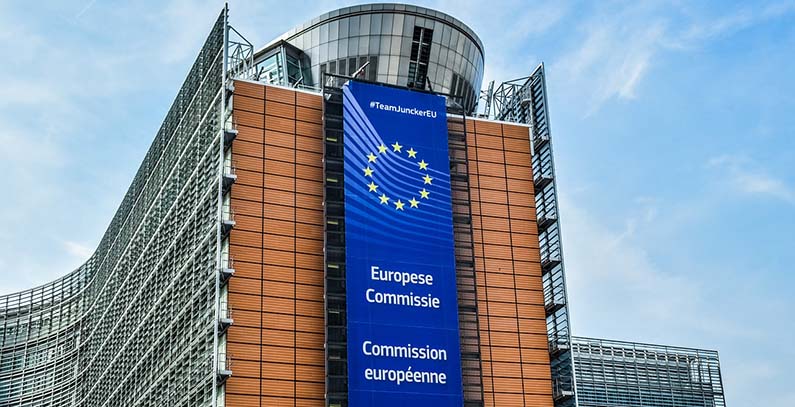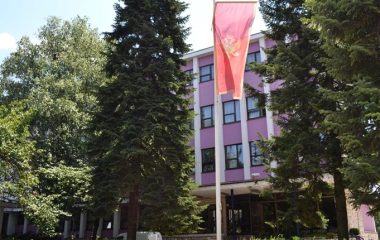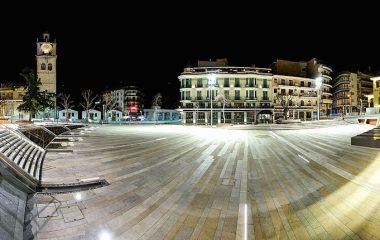
Photo: Dimitris Vetsikas from Pixabay
The European Commission said on November 25 that it gave the go-ahead for Bulgaria’s proposal to back a project for a high-efficient cogeneration system in the capital city. The overwhelming part of the EUR 93.8 million plan for the waste incinerator is money from the trade bloc’s structural funds. The remaining EUR 3 million will be provided by Sofia Municipality, also known as Stolichna Municipality, as a cheap loan.
The waste incinerator, a combined heat and power plant or CHP, would be in compliance with the Waste Framework Directive, according to the EU’s executive arm. “Notably, the waste that will be subject to energy recovery in the cogeneration plant has already been subject to preliminary treatment and cannot be recycled any further. If the waste was not used for energy recovery, it would go to landfill,” the regulators in Brussels concluded.
Refuse for fuel is unrecyclable
The authorities cleared the blueprint for the system, envisaged to run on refuse-derived fuel (RDF), with the explanation that it complies with state aid rules.
“The support measure will help Bulgaria achieving its energy efficiency targets and will contribute to the reduction of carbon dioxide emissions in line with the EU environmental objectives, without unduly distorting competition,” said Margrethe Vestager, European commissioner responsible for competition. The guidelines provide space for states to help highly efficient cogeneration endeavors in line with the 2012 Energy Efficiency Directive.
EIB provided financial package
Local public utility Toplofikacia Ead is supposed to operate the incineration facility, which would cost EUR 157.5 million in total before value-added tax. The municipal government secured a loan of EUR 67 million from the European Investment Bank.
The clearance was obtained swiftly, as Bulgaria sent the documents to the European Commission on October 8.
Regulators gave the approval in less than seven weeks
The plant is planned to have a capacity of 55 MW for heating and 19 MW for electricity. The project foresees burning 180,000 tonnes of municipal waste per year. The ambition is for operations to begin in 2023.
The EU estimated the primary energy savings would be 46.5% compared to a scenario in which heat and power would be produced separately. Commissioners deemed public financial support “necessary” and added the CHP unit would “deliver a reasonable rate of return.”
Material to be supplied by treatment plant
The plant is the third phase of a waste treatment programme for the Sofia area funded by the European structural and investment funds (ESIF) and European regional development fund (ERDF). A landfill and systems for anaerobic digestion and composting were completed in 2014. Next were recycling solutions and a mechanical-biological treatment plant for RDF and other commodities.
The local authority counts on savings between EUR 15 million and EUR 18 million on an annual scale as the new resource would purportedly substitute 65 million cubic metres of natural gas or 10%. On top of that is BGN 5 million (EUR 2.56 million) that the city is currently paying cement producers to burn the unrecyclable waste.
Fandakova: Blueprint meets the highest environmental requirements
Sofia’s mayor Yordanka Fandakova and her associates expect the CHP’s profit to land at EUR 10 million per annum. Official projections put expenses at EUR 7 million. The reduction in emissions of fine particular matter, between 0.1 and 2.5 micrometres, is seen at 9.6%. The decision confirms the project for the combined heat and power unit “meets the highest environmental requirements,” she said and stressed all directorates have reviewed the plan for the waste incinerator.
Fandakova asserted the green light proves critics wrong. There are over 450 plants in the EU that burn municipal waste.









Be the first one to comment on this article.